Energy-efficient irrigation for indian farmers
Productivity gains? A piece of cake!
Food systems currently consume 30% of the world’s available energy – and are still heavily dependent on fossil fuels.[1] India’s RBL Bank, a client of the climate fund managed by responsAbility, shows how farmers increase their productivity through energy loans for sustainable irrigation. The result: an interesting business area for the bank, higher incomes for the farmers, and climate protection for the world through reduced CO2 emissions and water consumption.
Travellers don’t just end up in Karadga without a lot of effort. The Mahalaxmi Express from Mumbai to the nearest major city, Kolhapur, takes no less than 11 hours to make the 518-kilometre journey. From there, it’s another hour by car in a south-east direction, from Maharashtra in the south across the border into the state of Karnataka, passing one field after another.
The sugar industry offers employment not just to 50 million farmers and their families, but to an additional 2 million people, like these migrant workers.
Interested in climate investments? GCPF.LU
Karadga is a village in the middle of the Indian sugar belt. Right now, at the beginning of November, the sugar cane towers above our heads, while vehicles full of harvest workers constantly pass us on the streets. Entire families travel across the country in all kinds of vehicles in order to find work in the fields, camping under the trees on the side of the road. The women cook, while the children play – and the men get started on their arduous work.
Ready for harvesting: Sugar cane is transported everywhere on the streets around Karadga
Sweet commodity
Sugar cane has been cultivated on the subcontinent for about 3,000 years. From Asia, it initially spread via the old trade routes to the Middle East and then to the entire world, remaining the only source of raw materials for sugar production until the extraction of sugar from beetroots in the middle of the 18th century. Today, it serves as the basis for about 70%[2] of total sugar production.
India is the world’s second-largest producer of sugar cane after Brazil. The cultivation process is complex. First, cuttings – stem segments from the lower section of the plant – are placed in the soil with a thin covering. After 1-2 weeks, they form roots and sprout new stems. Harvesting takes place nine to 24 months later, depending on the sugar content and ripeness.
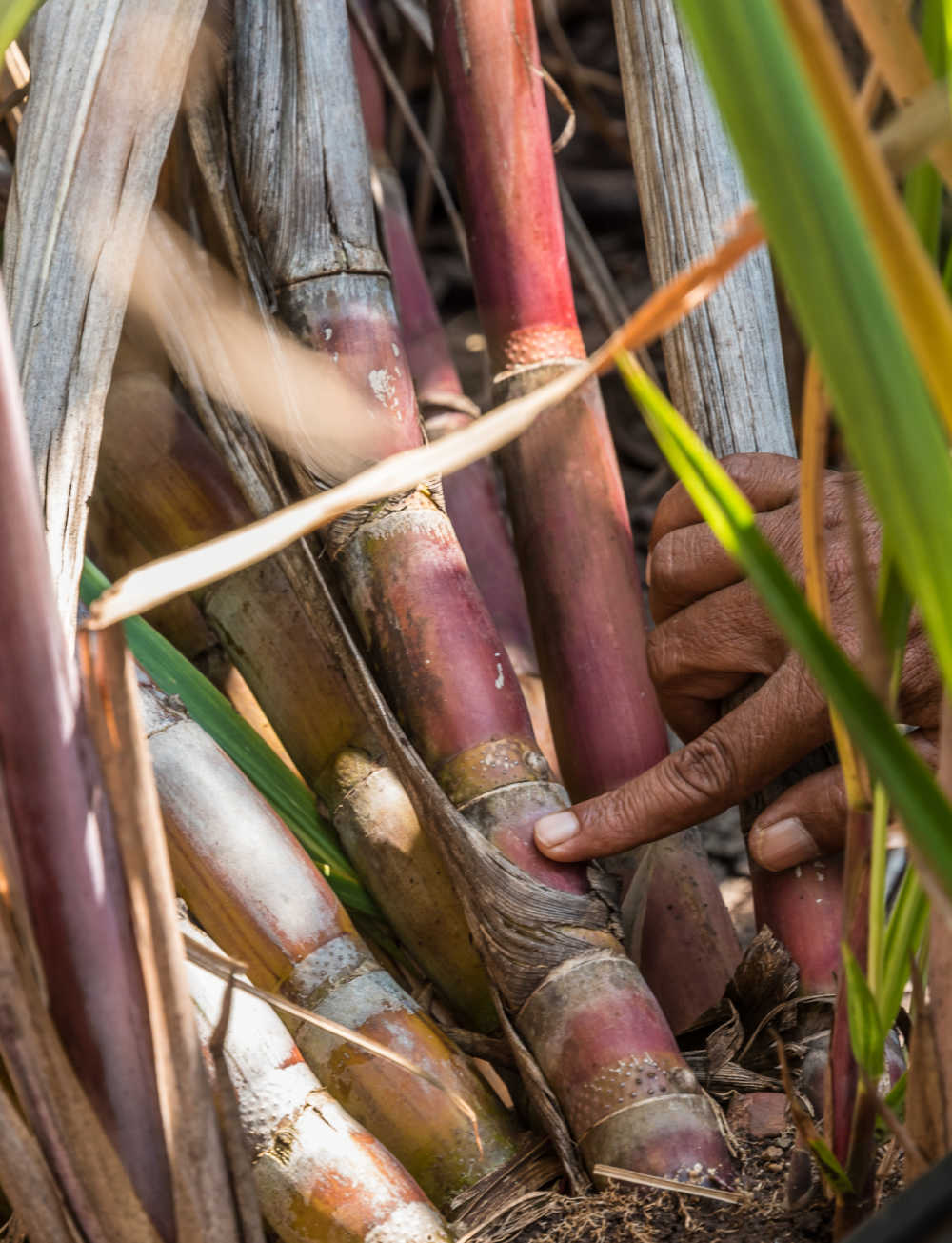
New stems sprout up around the cuttings.
Thirsty stems
For the sugar cane to spring up in a magnificent way, the plant requires sun, heat – and a lot of water. In India’s tropical southern region, only the latter isn’t available in abundance. After the monsoonal rains between June and October, there is almost no rainfall for months and water becomes a very scarce commodity by the end of the dry season at the latest.

An Indian proverb says that a single sugar cane needs as much water per year as a baby.
Lucky for the farmers whose fields are located near rivers! On the banks of the Dudhganga, dozens of them are at work with long hoses that transport water in the direction of the farmers’ cultivation areas.
Farmers install pumps on the banks of the Dudhganga.
Most of the pumps in use are diesel-driven. However, an increasing number of newer solar-powered models have recently joined the community on the river banks. The majority of them were financed by energy loans, which have been a fixed component of the product range offered by India’s RBL Bank since 2013.
Local matador RBL Bank
RBL is one of India’s fastest-growing private banks. By the end of March 2018, the bank was serving 4.5 million clients in 20 Indian states through 462 branch offices and 388 cash machines. Even though the company today is largely managed from Mumbai’s banking centre and has long been serving all kinds of clients, RBL Bank still has its origins in the relatively remote city of Kolhapur with its rural hinterland – and has a strong focus on the needs of the rural population up to the present day.
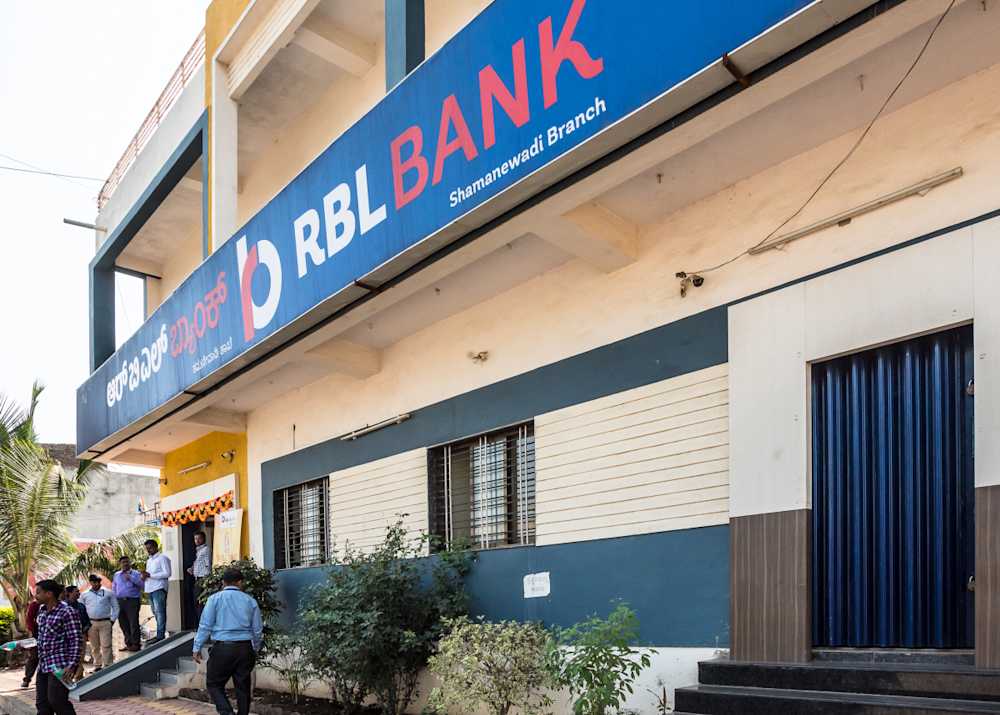
RBL Bank Kolhapur: The bank started out here in southern Maharashtra.
It’s not easy to serve these people, says Manoj Rawat emphatically. The banker and specialist for development financing was responsible for the agricultural and rural banking division of RBL Bank from 2012 to 2017 and had a significant role in building up and expanding the product range for this target group.
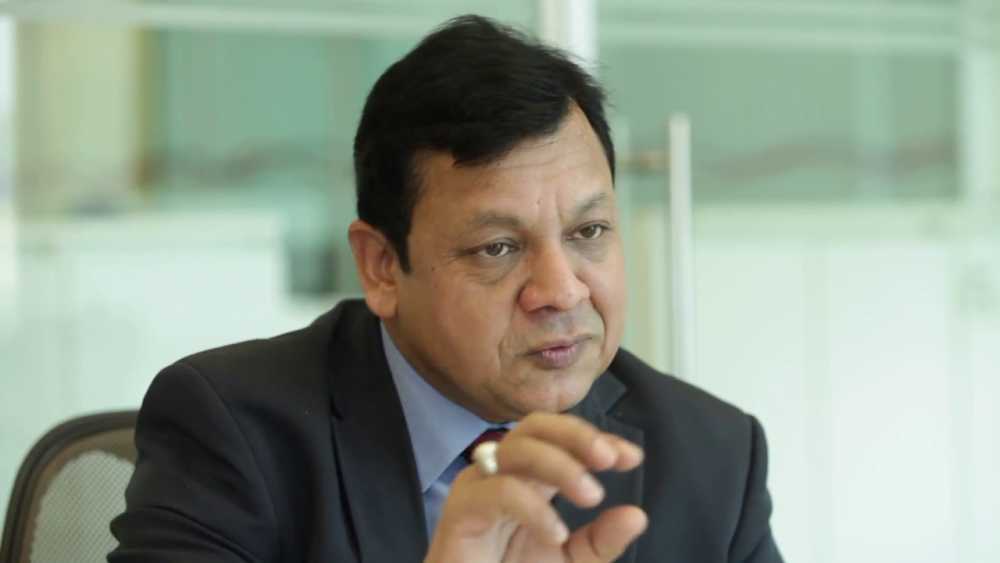
“In India, much of the population still lives in rural areas. For banks, these people are difficult clients with no credit history and countless local languages. Most commercial banks shun these challenges,” Rawat says.
RBL Bank ventured on this task and is very successful in this segment today. The product range includes loans for seeds and fertilisers, machines, warehouses and – since 2013 – loans for “sustainable farming,” which primarily target energy efficiency. RBL has granted more than USD 20 million in loans over the past five years in this area. The visit to Karadga shows how effective these loans have been.
RBL Bank: Sustainable agricultural practices
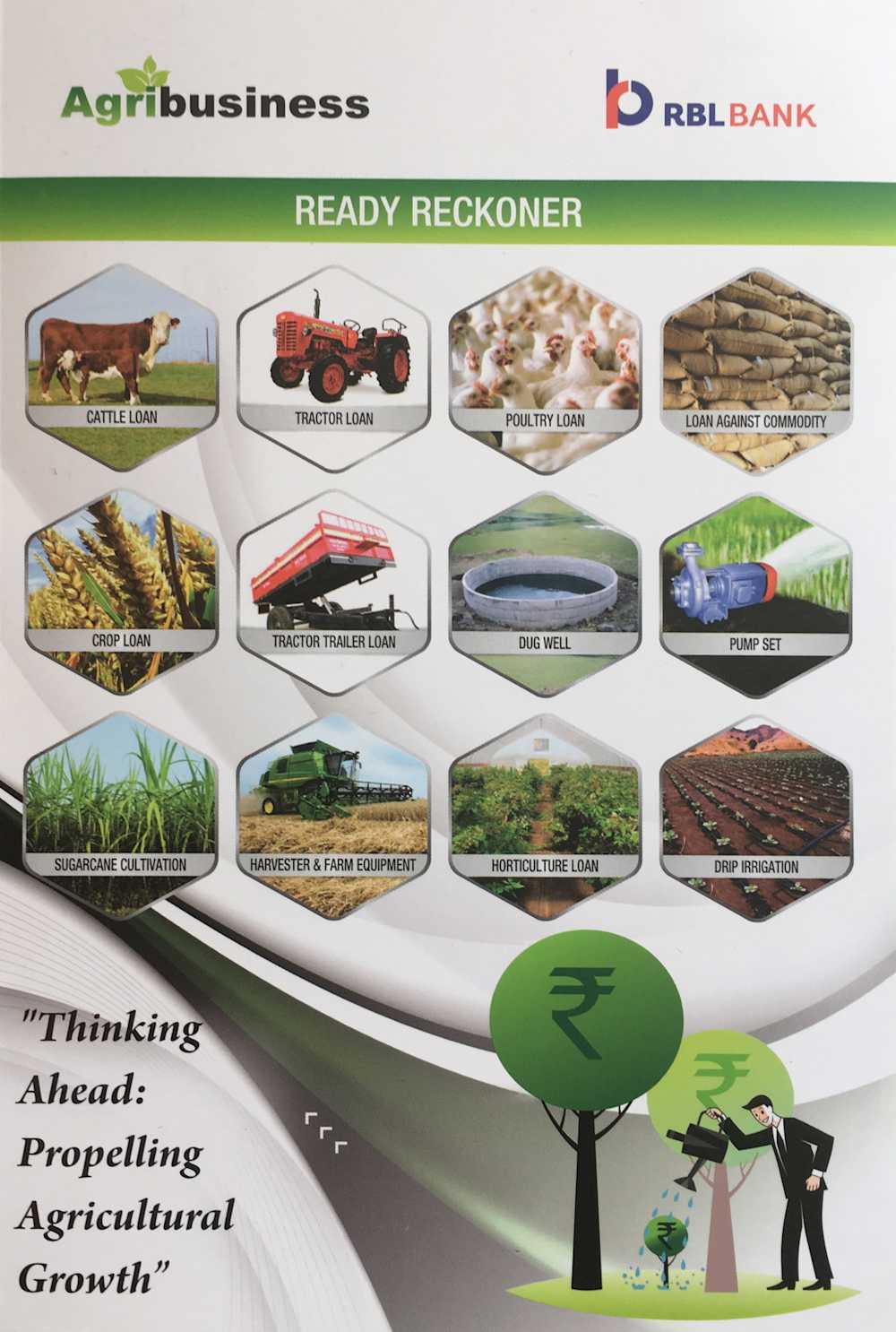
RBL is one of the leading banks in funding agricultural activities. The bank has a strong mandate towards promoting sustainable and environmental friendly initiatives like
Promoting micro/drip irrigation
Installation of solar pump-sets
Replacement of old energy inefficient pump sets
Installation of energy efficient bulk milk-chillers
Promoting intensive flori and horticulture in controlled environment with minimum inputs etc.
These initiatives lead to reduction in resource and energy inputs, improving soil quality, reducing Green House Gas (GHG) emissions, and help developing capacities of marginalized agrarian communities towards mitigating climate change.
Visit to sugar country
Laxman Ishavar Pasare takes us into his empire. The 55-year-old, who belongs to the sixth generation of farmers here in Karadga, owns 8 hectares of land. On about half of this area, he and his family grow sugar cane, as well as bananas, vegetables and grain. Water is provided by the nearby Dudhganga as well as four wells or waterholes located on his land.
Laxman Ishavar Pasare is enthusiastic about drip irrigation.
For a year now, Laxman Pasare has been distributing this water by means of a drip irrigation system on his sugar cane fields. In order to install this system, a hose is wound around each seedling, which sprouts more cane in the course of time. The water pumped from the river or wells drips out of the tiny holes all through the day and irrigates the soil around the roots in a targeted way.
Massive yield increase
The system really works wonders: The yields from the sugar cane field increase by as much as 50% through this irrigation method, which supplies the plant with just the right amount of moisture that it needs, without soaking the nutrients from the soil. Laxman Pasare is enthusiastic about this development and shows us sugar cane harvested before and after conversion to this new system. “The longest sugar cane was 6 metres last year,” he proudly explains. “Previously, it was 4 metres at the most.”
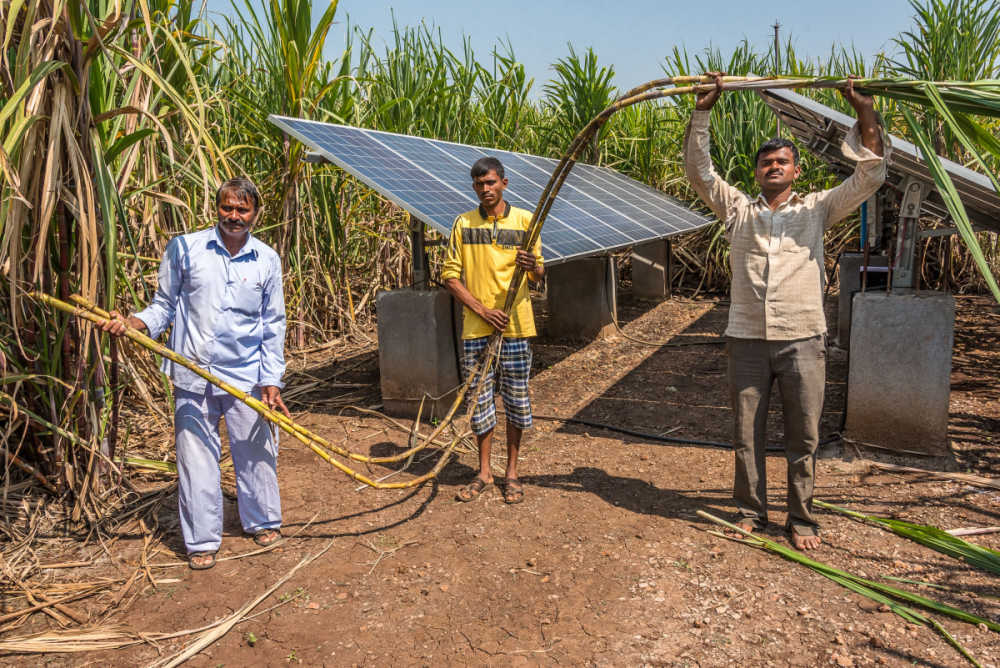
Longer, heavier, thicker: Laxman Pasare and his sons are proud of their harvests.
On average, the productivity gain is 30%. Furthermore, the system requires 40% less water than the conventional irrigation practice of flooding fields. The water saved can be used in the dry season to grow vegetables. “The water shortage today forces many farmers to leave part of their land fallow for months,” explains Manish Kumar, Product Head, Retail Agribusiness at RBL Bank. “As a result, the rural population misses out on significant income.”
Energy as a prerequisite
This type of drip irrigation really depends on whether a farmer can afford to leave his pumps running throughout the day. The government provides farmers with electricity free of charge, but only for a few hours and usually at night. And diesel as an alternative is too expensive.
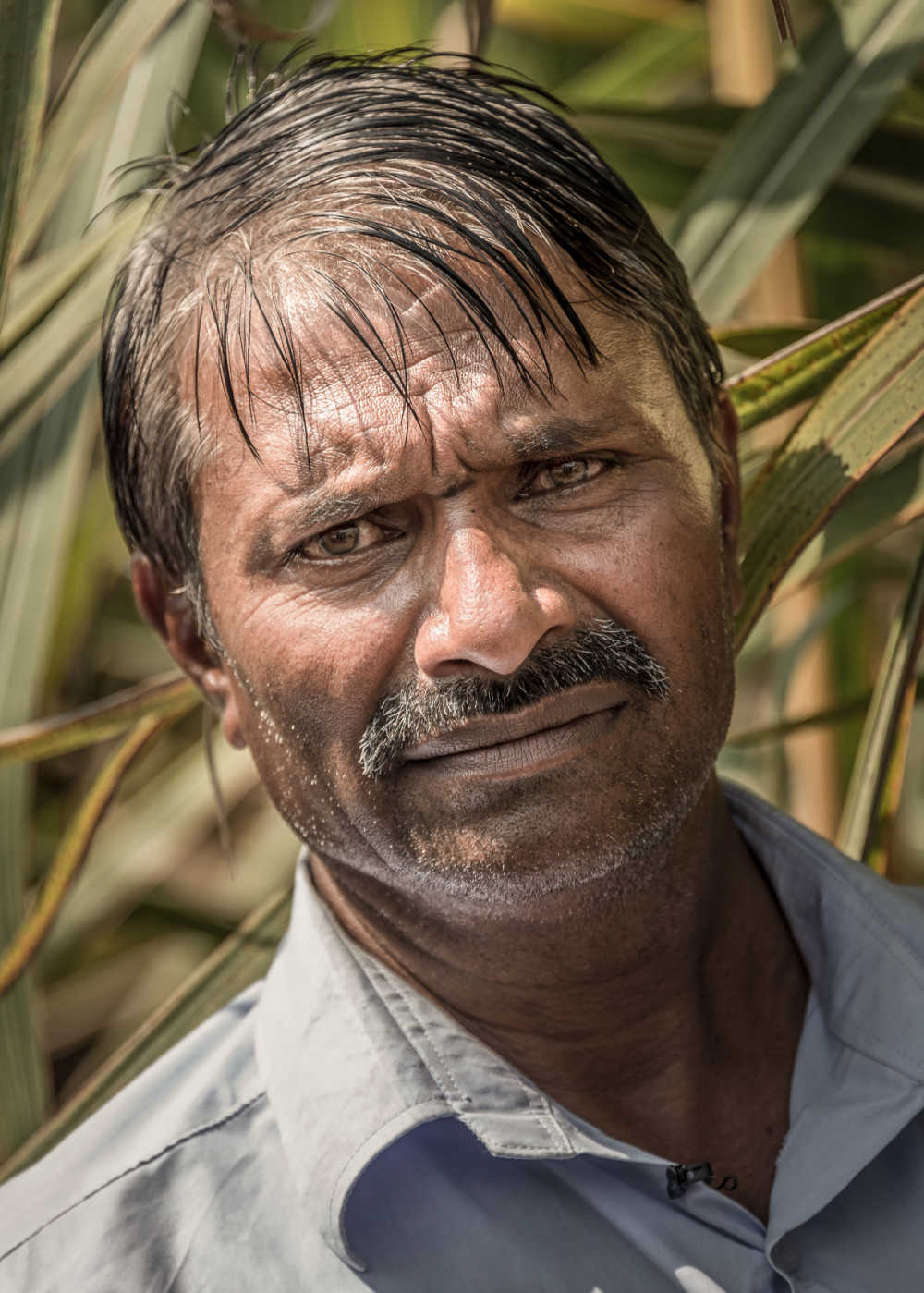
“Our biggest problem is irregular electricity supply.”
Laxman Pasare
Interested in climate investments? GCPF.LU/FUND-FACTS
“The biggest problem for farmers in Karnataka is irregular electricity supply,” Laxman Pasare stresses. He operates his irrigation system with a solar-powered electrical pump, which is fed by panels installed in one of his fields. “This is reliable and doesn’t involve large maintenance costs,” he says. “My irrigation workload has fallen dramatically with this new system, while productivity has increased.”
Solar-powered pumps keep the system running.
Loans for irrigation
A prerequisite for converting to the new system is the necessary capital. RBL Bank provides this in the form of irrigation loans with a term of three to nine years. The potential for such loans is enormous, as Manish Kumar emphasises. “Today, only 45% of all agricultural land in India is irrigated. In turn, only 5-7% of this 45% uses water-efficient methods, like drip irrigation.”
“Today, only 45% of all agricultural land in India is irrigated, and very little of it efficiently.”
Manish Kumar

In order to tap this potential, the bank collaborates with companies that work with farmers and have the relevant networks. Sugar mills establish contact with their contracted farmers and pay the loan costs after the harvest before paying the rest to the farmers. This triangular system is essential for us to cover our costs,” Kumar says.
THE WONDERS OF DRIP IRRIGATION
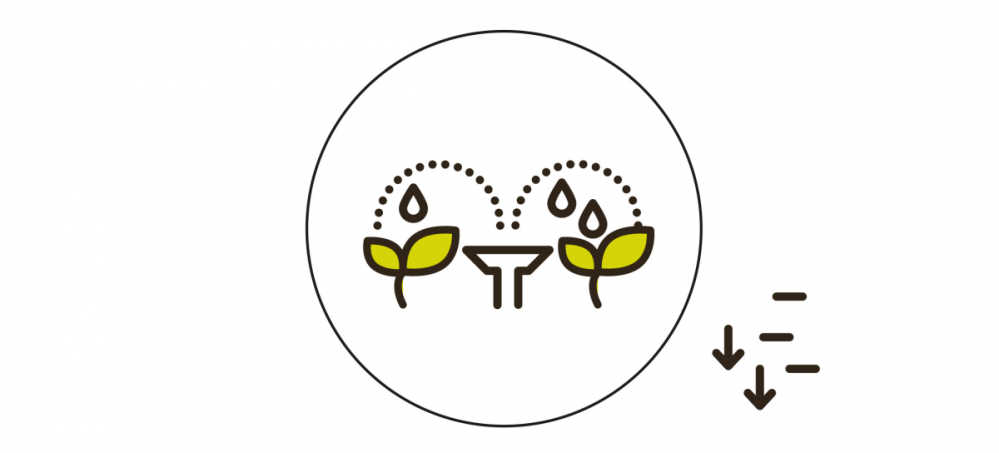
Drip irrigation releases tiny drops of water directly to the plants’ roots, thereby avoiding wastage.
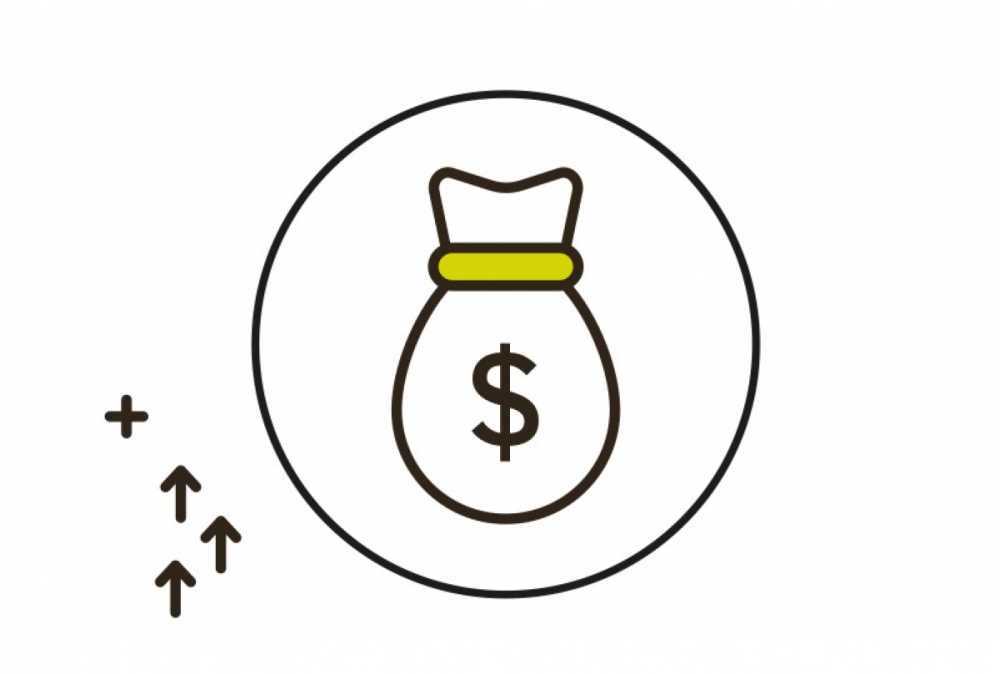
Sugar cane grows up to 30 % higher thanks to efficient irrigation, leading to increased income.
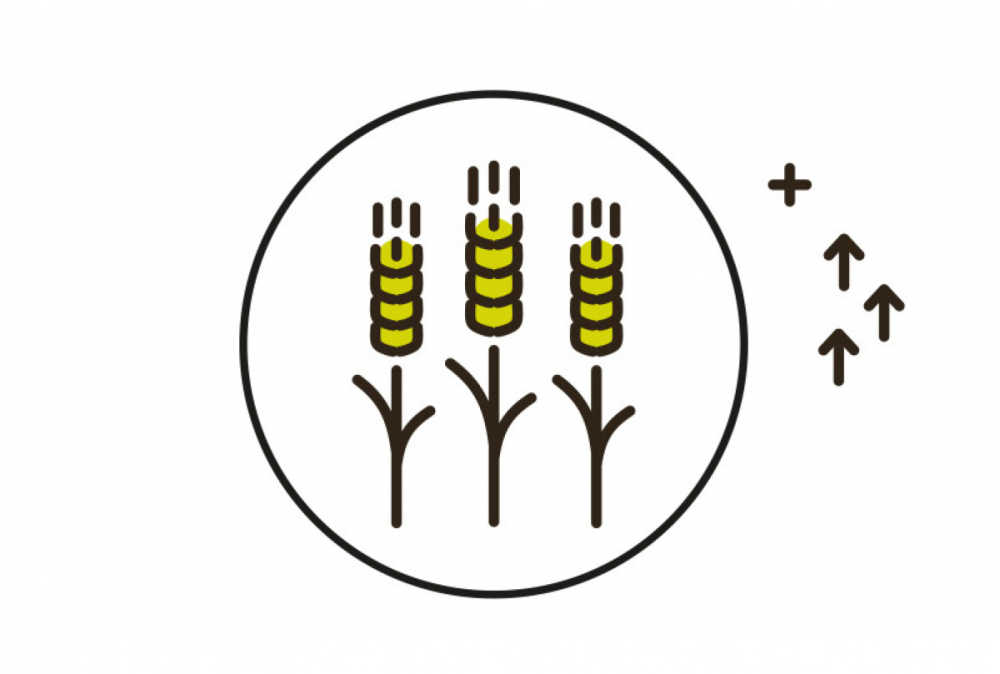
Wells conserve their water longer into the dry period, allowing farmers to grow additional crops.

Energy-efficient pumps run on electricity generated by locally installed solar panels.
The right arguments
In order to develop “green loans” for farmers in developing countries, it is vital to be familiar with the specific challenges of clients and to tailor credit products accordingly, Manish Kumar says. “Our clients calculate things very precisely. If a specific measure doesn’t lead to lower costs or more income, they won’t be convinced. Our drip irrigation systems offer both, thus benefiting both the farmers and the environment.”
More about climate investments NEWS AND CASES
[1] http://www.fao.org/energy/home/en/ [2] Various, including www.rohstoff-welt.de